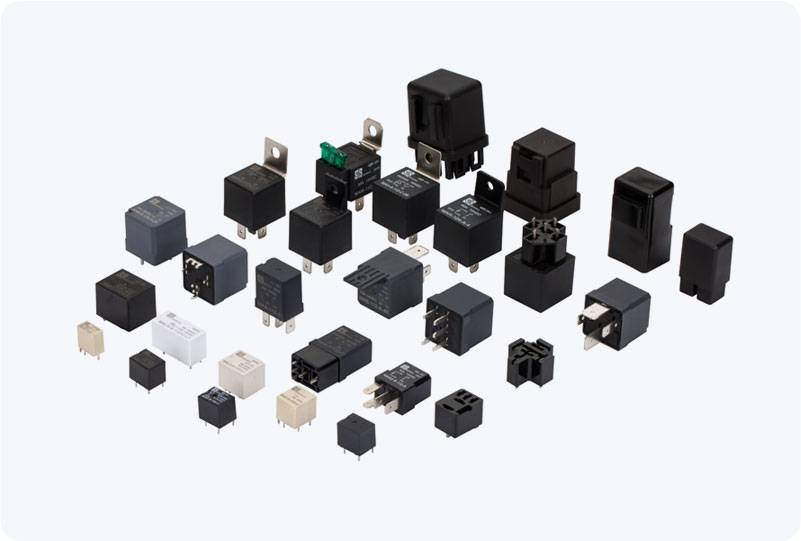In today’s interconnected world, the Internet of Things (IoT) has become a transformative force, bringing greater convenience, automation, and efficiency to various industries and home environments. One of the most powerful tools in the IoT ecosystem is the IoT relay, which acts as an intermediary to control electronic devices remotely. The integration of Webhooks into IoT relays has taken this technology a step further, enabling seamless control and automation via HTTP requests. This article explores the features, benefits, and applications of Webhook Enabled IoT Relays, shedding light on their potential to reshape how we interact with devices in smart homes, industrial settings, and beyond.

Understanding Webhook Enabled IoT Relay A Webhook Enabled IoT Relay is a smart device that allows users to control electronic appliances and systems via the Webhook protocol. A Webhook is essentially an HTTP callback mechanism that allows an external system to send data to a specified URL in response to a specific event or trigger. By integrating Webhooks into IoT relays, users can send HTTP requests to control the relay’s operation, such as turning a device on or off, adjusting settings, or triggering other automated actions. The IoT relay acts as a bridge between the physical world and digital commands. It takes in the HTTP request and translates it into electrical signals that control the connected device, such as turning on a light, opening a valve, or activating machinery.